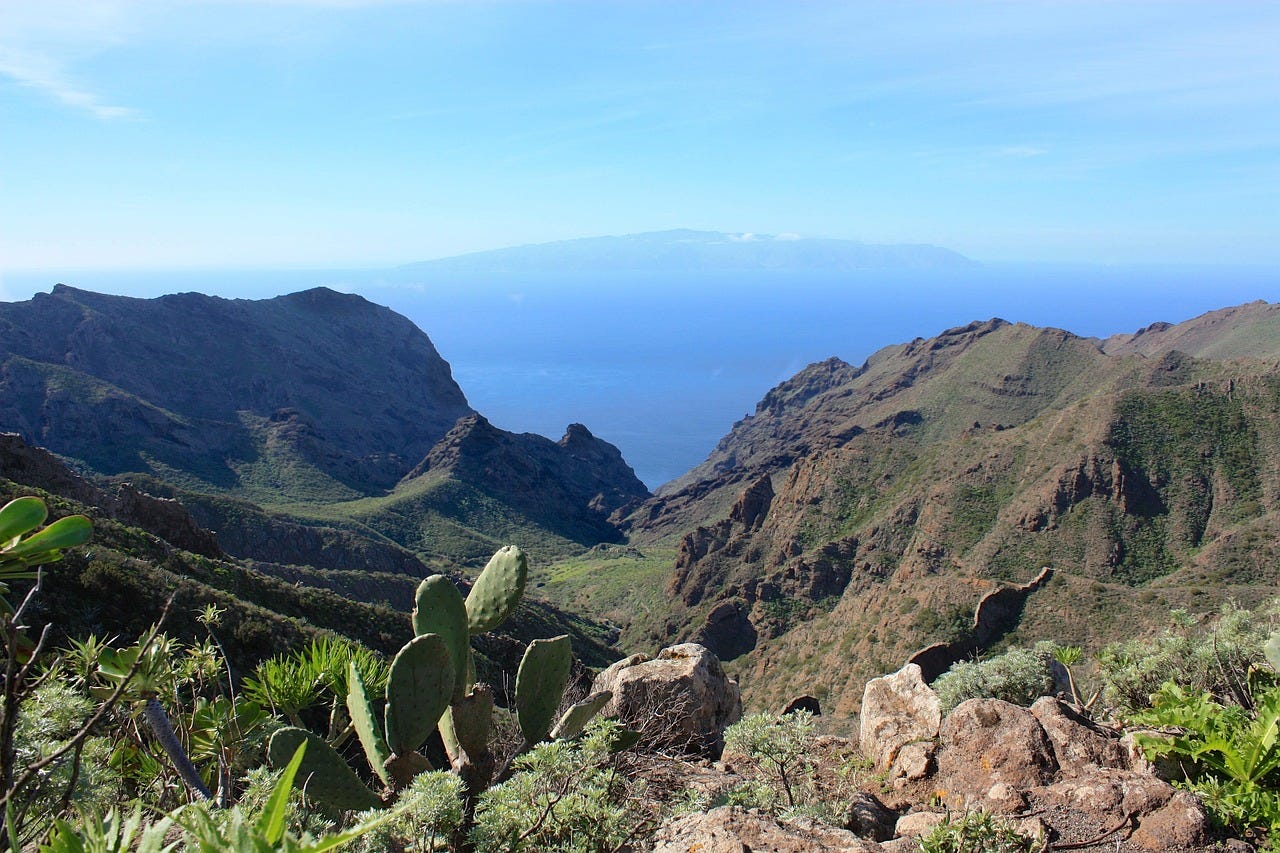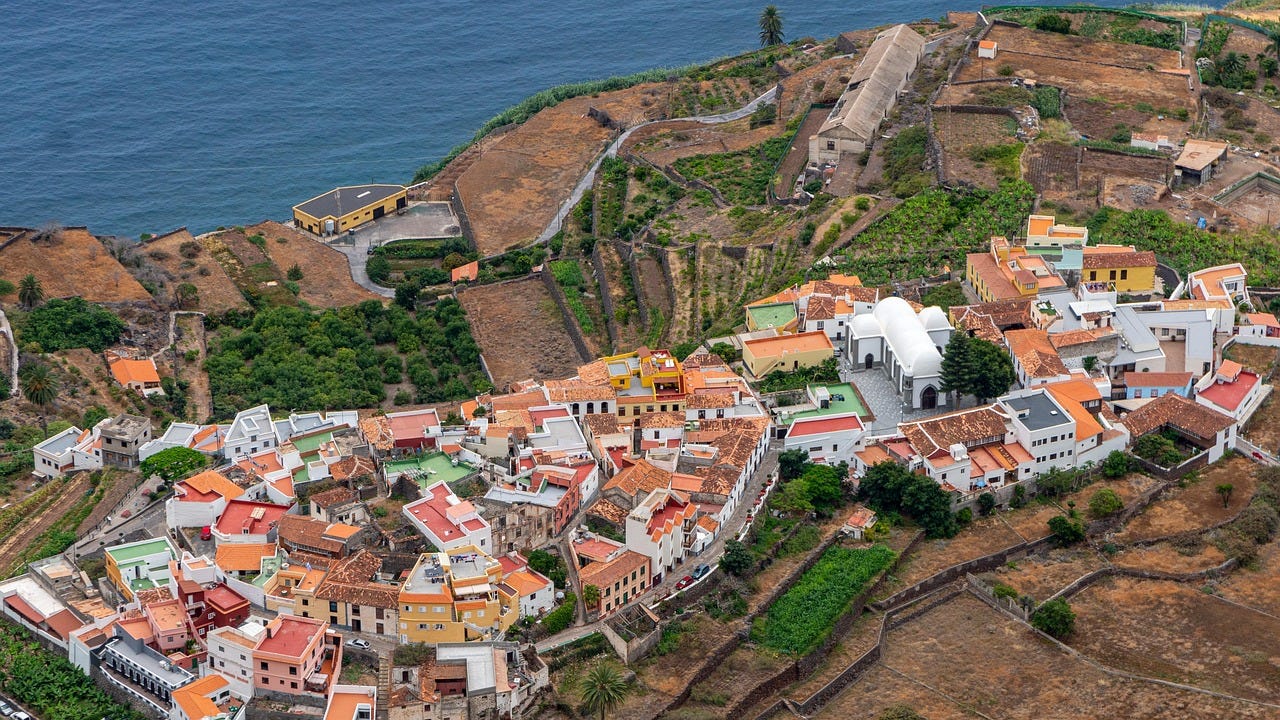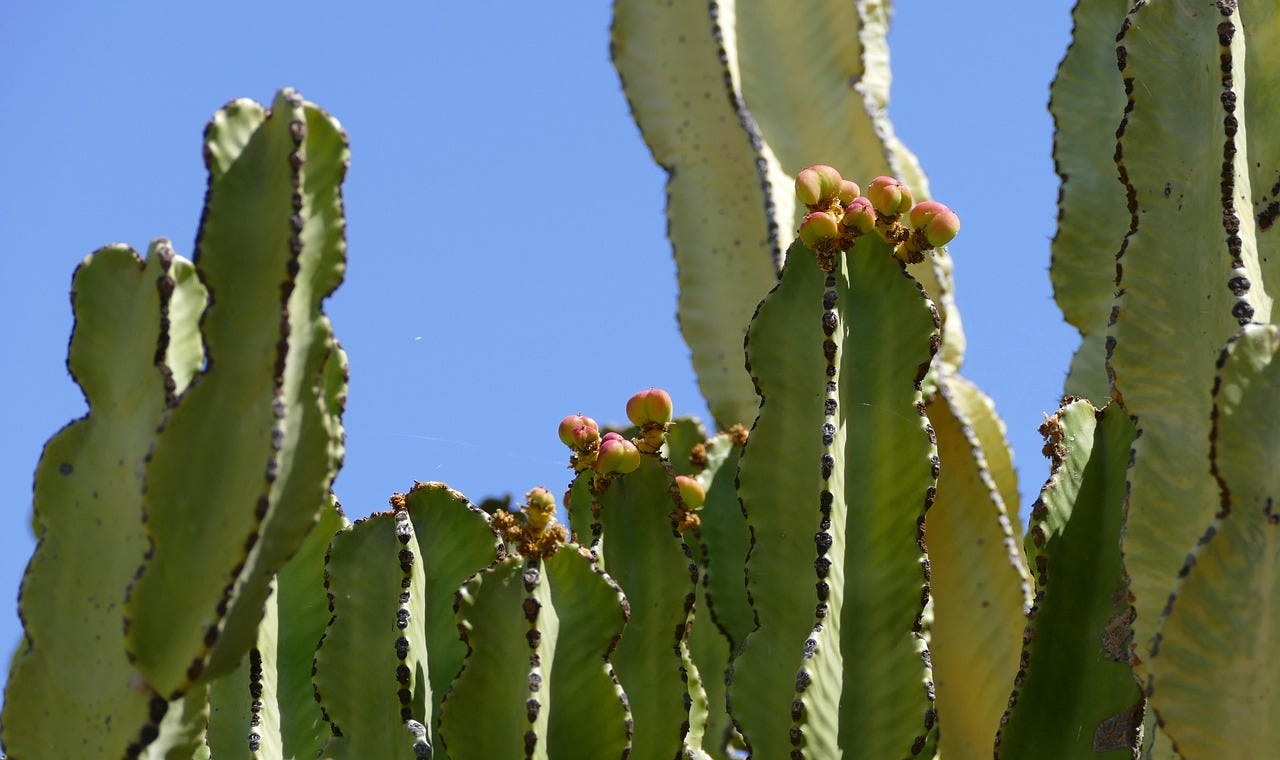I felt a tad like Indiana Jones as I traipsed through the hot and humid rainforest, with trees of every description surrounding me. Patches of sun were scattered upon the dense, thick blanket of greenery, while exotic bird calls in the distance provided the soundtrack.
In perfect solitude, it was quite hard to believe that earlier in the day I’d left a beach packed with tourists. Because a couple of hours before I had jumped on a ferry at Los Cristianos port on Tenerife and just 40 minutes later disembarked at the volcanic island of La Gomera.
At just 15 miles in diameter, it is the third-smallest of the eight Canary Islands. Only the little-visited El Hierro and miniscule Graciosa are smaller. Last year this island with a population of 22,000 had less than 62,000 visitors - compared to 6.2 million arrivals in Tenerife and nearly 18 million in the Canary Islands overall.
My hike proved that one doesn’t have to go to the depths of Africa or Latin America to find a stunning rainforest. For within little La Gomera such lush and luscious dense vegetation flourishes with abundance.
The rainforest is within Garajonay National Park, a UNESCO World Heritage Site due to its being an ecological treasure trove of biodiversity. This includes reptiles and birds endemic to the island, while the marine area is a migration route for various cetacean species.
The island encompasses black sands and red earths, coastal scrubland and ancient laurel forests, terraced vines and orchards of fruit trees, cypress trees and pine forests, and date palms lining valleys.
You can hire a car and explore it in a couple of days, but hiking is the best way. This misty wilderness couldn’t be more of a far cry from the packed tourist resorts of the bigger islands of the archipelago. Criss-crossed with footpaths catering for all capabilities, it’s truly a walkers’ or wildlife enthusiast’s haven.
This ruggedly mountainous volcanic island, with a fabulous climate averaging 70F (22C) in winter and 80F (27C) in summer, is peppered with isolated bays harbouring delightfully empty black sand beaches, many fringed by banana plantations.
The contrast between quiet La Gomera and the bigger Canary Islands makes it an excellent day trip. Devoid of discos and frenetic nightlife, traffic lights only came to the island recently, which gives a good idea of how easygoing the place is.
Its mountainous terrain - the central peak of Garajonay is 4,869ft (1,484m) - can be credited for limiting the development of the island. The mountains fan out to the sea, its steep-sided valleys populated by little isolated villages, their populations largely preoccupied with small-scale banana-growing. A familiar morning sight is a few stalks of bananas outside each house awaiting pick-up. The villages aren’t too far apart, but the twisting roads ensure that the journey to each seems quite epic.
La Gomera is truly a place to get away from it all - certainly a break from the bustle of the larger islands - and to be at one with nature. Really, you won’t want to leave.







The landscape is remarkably similar to Northern Tenerife, but without the tourists!